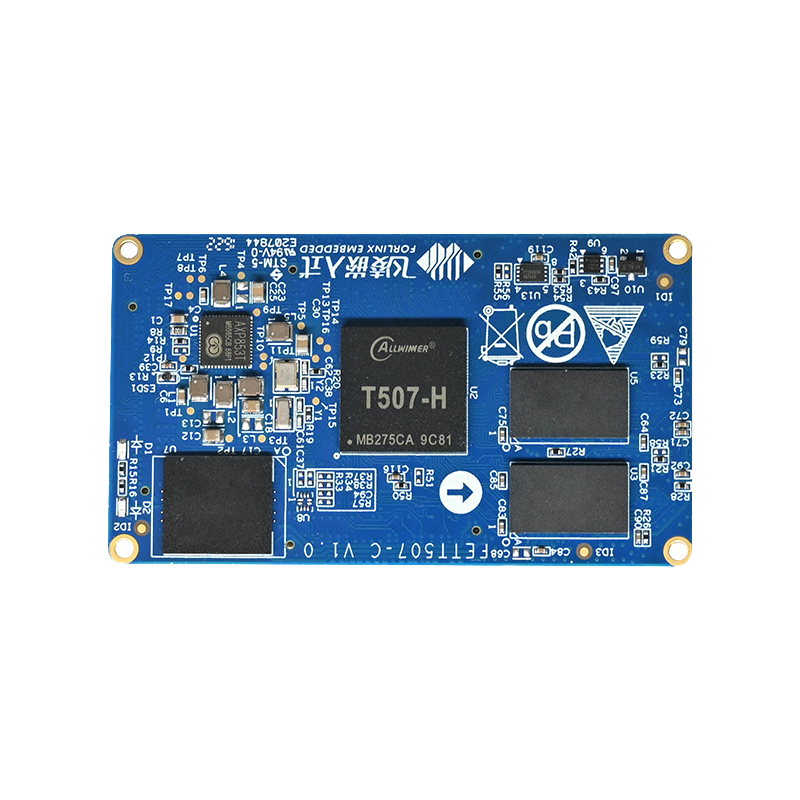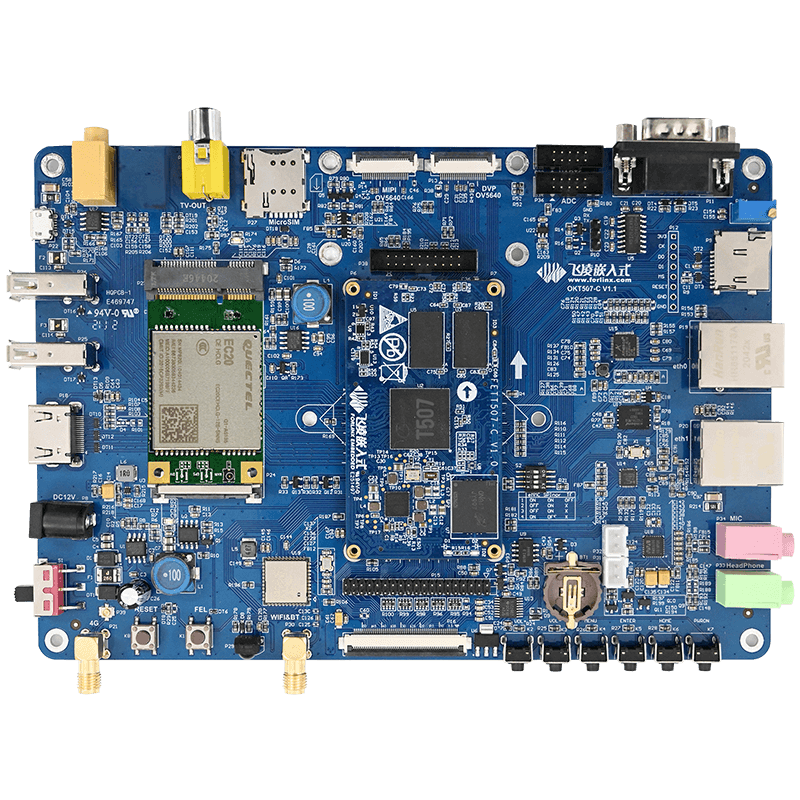
Application of Automatic Screen-off Function and Power Management Technology Based on T507
Some customers rely on battery power for their products and have limited battery capacity. If a screen is used in the product, the screen will be one of the main sources of energy consumption. Therefore, turning off the screen in time can effectively extend the battery life and improve the user experience. In addition, the auto-screen-off function not only extends the life of the screen but also effectively prevents the risk of information leakage and privacy exposure. Generally speaking, the automatic screen off function plays an important role in improving the performance of the device, saving energy and protecting privacy.
Knowledge points involved:
1. Struct input _ event: a data structure used to represent Linux input event
This structure usually contains various information of the input event, such as event type, event code, value, etc. When dealing with input devices such as keyboards and mice, you can use this structure to store and pass information about input events.
Specifically, the struct input _ event structure typically contains the following fields:
- Struct timeval time: The timestamp of the event occurrence.
- Unsigned short type: The type of event (e.g., key press, release, etc.)
- Unsigned short code: Code of the event (such as which key was pressed).
- Int value: The value of the event (key press/release, etc.)
By defining such a structure, it is easy to package together the various attributes of an input event for processing and passing in the program. When reading the events of the input device, this structure can be used to store the specific information of each event, which is convenient for subsequent analysis and response to the input events.
2. Functions and differences of read function and select function
The read () function and the select () function are both functions used in Linux systems to handle I/O operations, but there are some differences in what they do and how they are used.
(1)Read () function:
The read () function is used to read data from a file descriptor, such as a file, socket, and so on.It is a blocking system call, that is, when there is no data to read, the program will be blocked until there is data to read or an error. The read () function reads data from the file descriptor into the specified buffer and returns the actual number of bytes read, or -1 if an error occurs.
(2)Select () function:
The select () function monitors multiple file descriptors to determine whether they are in a readable, writable, or abnormal state.
Through the select () function, multiplexing can be achieved, that is, one of multiple file descriptors is selected for I/O operation without blocking and waiting. The select () function blocks the process until at least one of the specified file descriptors is in a readable, writable, or exception state, or the specified timeout has passed. The select () function is usually used to listen to multiple file descriptors at the same time, so that when any file descriptor is ready, the corresponding read and write operations can be performed to improve the efficiency of the program.
In summary, the read () function is a blocking operation to read data from a single file descriptor, while the select () function is a function to multiplex the state of multiple file descriptors to help the program manage multiple I/O operations more efficiently. The select () function is typically used in situations where you need to listen to multiple file descriptors at the same time.
In the program, events are read from the input device through the read () function. If no event is reported, the read () function blocks the program and does not return until an event occurs or an error occurs. Therefore, if there is no event reported, the program will stay at the read () function and will not perform subsequent printing operations. If an event is reported, the read() function reads the event data and returns the number of bytes of the event. In this case, the program performs a subsequent print operation to print out the event information.
This is why messages are printed only when there is an event reported and not when there is no event reported.
To print the information even if no event is reported, you can set a timeout before reading the event. If no event is reported within the timeout period, the prompt information will be printed. This can be done using the select() function.
In this modified code, we use the select() function to wait for the file descriptor to be ready for a read operation, and if it is not ready within the timeout period, it returns 0, at which point we print "No event reported within 1 second". If ready, read the event and print the appropriate message. This will print a reminder message every 1 second even if no events are reported.
3. Character devices for /dev/disp
Switch for controlling display device
The method of operation of a string device is disp _ fops:
In fact, only two functions, disp _ ioctl () and disp _ mmap (), have concrete implementations.ioctl can refer to: " T507_Display_Module_Use_Documentation.pdf".
4. Sleep Mode
/ /sys/power/state
freeze
freeze: In the Freeze sleep state, the system will suspend CPU operation, but memory and devices will remain active to resume working faster.
Mem: In the Mem sleep state, the system saves everything to memory and turns off unnecessary devices to save power. The CPU stops running, and the memory and some necessary devices continue to be active.
In general, the freeze sleep state is relatively shallow, and the system can recover to the working state more quickly, but the power consumption is relatively high, while the mem sleep state is deeper, and the power consumption is lower, but the recovery time may be slightly longer. According to the actual needs and system requirements, the appropriate sleep state can be selected to balance power consumption and performance.



